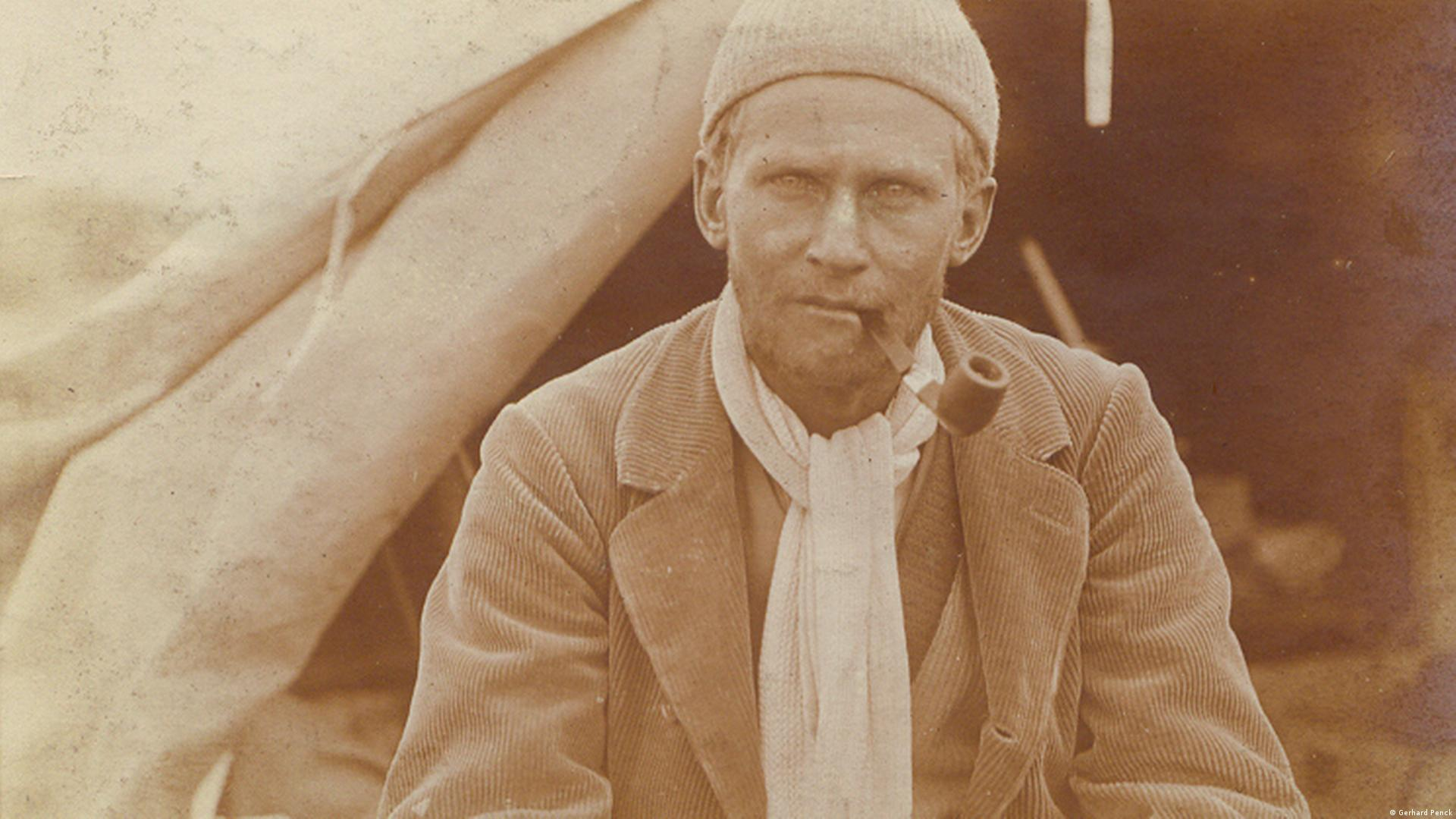Geomorphology, the scientific study of the origin and evolution of the Earth’s landforms, has been shaped by the pioneering work of numerous scholars throughout history. These influential geomorphologists have made significant contributions to our understanding of the processes that sculpt the Earth’s surface, from the erosive power of rivers and glaciers to the impact of tectonic forces and climate change.
Their groundbreaking research, innovative techniques, and insightful theories have laid the foundation for the modern field of geomorphology and continue to inspire new generations of scientists. In this article, we will explore the top 12 most influential geomorphologists in history, highlighting their key contributions and lasting impact on the field.
William Morris Davis
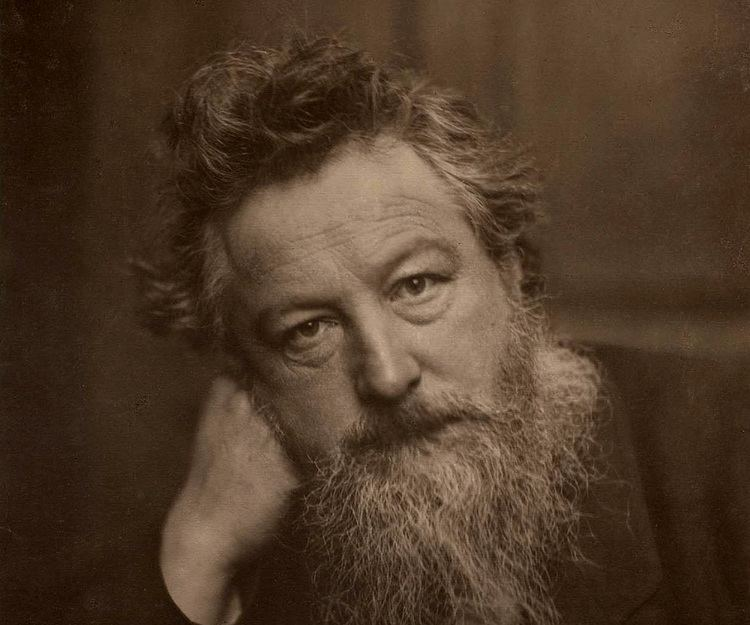
William Morris Davis, often referred to as the “father of American geography,” is widely regarded as one of the most influential geomorphologists in history. Born in 1850, Davis made significant contributions to the field throughout his career, most notably his development of the “cycle of erosion” theory. This theory, which posits that landscapes evolve through a series of stages from youthful to mature to old age, revolutionized the way geomorphologists understood the evolution of landforms.
Davis’s work also emphasized the importance of fieldwork and observation in geomorphology, setting the stage for a more empirical approach to the discipline. His ideas on landscape evolution, river systems, and the role of structure in shaping landforms had a profound impact on the field and continue to be taught and debated today. Davis’s legacy extends beyond his scientific contributions, as he was also an influential teacher and mentor, shaping the careers of many notable geomorphologists who followed in his footsteps.
Grove Karl Gilbert

Grove Karl Gilbert, an American geologist and geomorphologist, is best known for his pioneering work on the geology of the American West and his contributions to the understanding of fluvial and glacial processes. Born in 1843, Gilbert began his career as a geologist with the Wheeler Survey, later joining the U.S. Geological Survey where he made many of his most significant discoveries.
Gilbert’s research on the Henry Mountains in Utah led to his groundbreaking concept of “laccoliths,” which explained the formation of dome-shaped intrusions of igneous rock. He also made important contributions to the study of river systems, glacial erosion, and the role of isostasy in shaping the Earth’s crust. Gilbert’s work was characterized by a keen eye for detail, a rigorous scientific approach, and a willingness to challenge prevailing ideas. His legacy continues to inspire geomorphologists today, with many of his ideas and observations still relevant to current research.
Walther Penck

Walther Penck, an Austrian geographer and geomorphologist, is best known for his contributions to the understanding of landscape evolution and his development of the “cycle of erosion” concept, which built upon the work of William Morris Davis. Born in 1888, Penck’s research focused on the geomorphology of the Alps and the role of tectonic forces in shaping mountain landscapes.
Penck’s most influential work, “Morphological Analysis of Landforms,” introduced the concept of the “geomorphic cycle,” which emphasized the interplay between tectonic uplift and erosion in the evolution of landscapes. He also made important contributions to the study of glacial and periglacial processes, as well as the development of quantitative methods in geomorphology. Penck’s ideas had a significant impact on the field, shaping the way geomorphologists approached the study of landscape evolution and inspiring new lines of research.
Arthur Newell Strahler
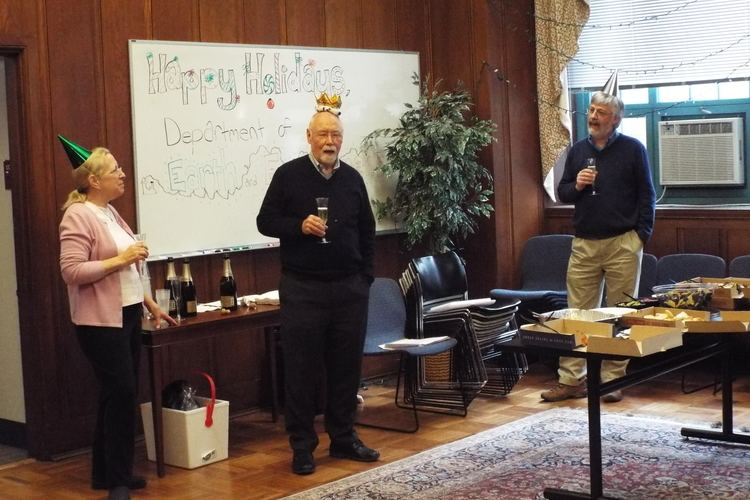
Arthur Newell Strahler, an American geographer and geomorphologist, is best known for his contributions to the quantitative analysis of landforms and the development of the “Strahler stream order” system. Born in 1918, Strahler’s work focused on the application of mathematical and statistical methods to the study of geomorphology, marking a significant shift towards a more quantitative approach in the field.
Strahler’s most influential contribution was his development of the “Strahler stream order” system, which provided a way to classify and analyze river networks based on their branching patterns. This system has become a fundamental tool in geomorphology and hydrology, allowing researchers to better understand the structure and function of river systems. Strahler also made important contributions to the study of hillslope processes, drainage basin morphometry, and the application of systems theory to geomorphology. His work laid the foundation for the modern quantitative approach to geomorphology and continues to influence research in the field today.
Luna Leopold
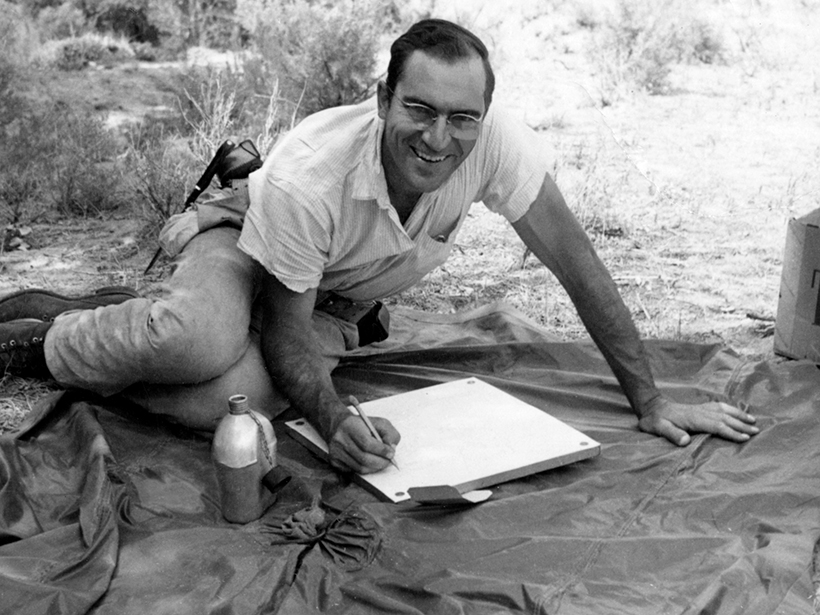
Luna Leopold, an American hydrologist and geomorphologist, is best known for his pioneering work on the study of river systems and his contributions to the development of quantitative methods in geomorphology. Born in 1915, Leopold’s research focused on the interplay between fluvial processes, landforms, and ecosystem dynamics, taking a holistic approach to the study of river systems.
Leopold’s most influential work, co-authored with M. Gordon Wolman and John P. Miller, “Fluvial Processes in Geomorphology,” introduced the concept of “hydraulic geometry,” which described the relationship between river channel form and discharge. This work revolutionized the way geomorphologists understood the dynamics of river systems and laid the foundation for much of the current research in fluvial geomorphology. Leopold also made important contributions to the study of river meandering, sediment transport, and the impact of land use changes on river systems. His interdisciplinary approach and emphasis on quantitative methods had a lasting impact on the field of geomorphology.
J Hoover Mackin
J Hoover Mackin, an American geologist and geomorphologist, is best known for his contributions to the understanding of landscape evolution and his development of the “dynamic equilibrium” concept. Born in 1905, Mackin’s research focused on the geomorphology of the American West, particularly the Basin and Range Province and the Columbia Plateau.
Mackin’s most influential work, “Concept of the Graded River,” introduced the idea that rivers adjust their gradient and channel characteristics to achieve a balance between erosion and deposition, a state he termed “dynamic equilibrium.” This concept has become a fundamental principle in geomorphology, shaping the way scientists understand the evolution of river systems and the interplay between tectonic forces, climate, and erosion. Mackin also made important contributions to the study of glacial and volcanic landforms, as well as the development of geomorphological mapping techniques. His work emphasized the importance of field observations and the integration of multiple lines of evidence in understanding landscape evolution.
Richard J. Chorley

Richard J. Chorley, a British geographer and geomorphologist, is best known for his contributions to the development of quantitative and systems-based approaches in geomorphology. Born in 1927, Chorley’s work focused on the application of mathematical and statistical methods to the study of landforms and geomorphological processes.
Chorley’s most influential contributions include his work on the development of “systems geomorphology,” which emphasized the interconnectedness of geomorphological processes and the importance of feedback mechanisms in landscape evolution. He also made significant contributions to the study of drainage basin morphometry, the application of graph theory to geomorphology, and the use of computer modeling in geomorphological research. Chorley’s work helped to establish geomorphology as a quantitative and interdisciplinary science, paving the way for the integration of geomorphology with other fields such as hydrology, ecology, and Earth system science.
Marie Morisawa

Marie Morisawa, an American geomorphologist, is best known for her contributions to the study of fluvial geomorphology and her pioneering work on the geomorphology of Mars. Born in 1919, Morisawa’s research focused on the processes shaping river systems, particularly the role of lithology and structure in controlling channel form and evolution.
Morisawa’s most influential work, “Streams: Their Dynamics and Morphology,” provided a comprehensive overview of fluvial geomorphology, emphasizing the importance of understanding the interplay between water, sediment, and landforms. She also made significant contributions to the study of karst geomorphology, the geomorphology of Japan, and the use of remote sensing in geomorphological research. In addition to her work on Earth’s landscapes, Morisawa was one of the first geomorphologists to study the landforms of Mars, using data from the Viking missions to analyze the planet’s fluvial and volcanic features. Her work helped to establish planetary geomorphology as a subfield and inspired new generations of scientists to explore the geomorphology of other worlds.
Lester C. King
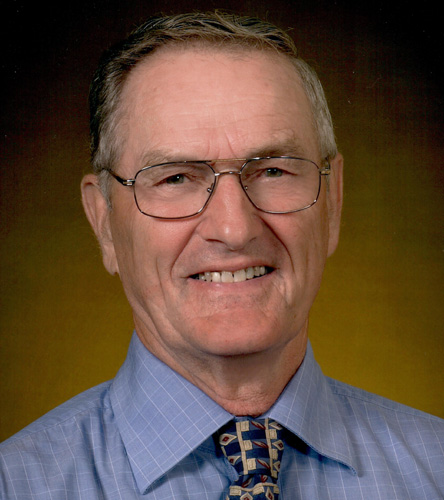
Lester C. King, a South African geomorphologist, is best known for his contributions to the understanding of landscape evolution and his development of the “King cycle” model. Born in 1907, King’s research focused on the geomorphology of southern Africa, particularly the evolution of the region’s escarpments and pediplains.
King’s most influential work, “The Morphology of the Earth,” proposed a new model of landscape evolution that emphasized the role of tectonic uplift and the development of cyclic erosion surfaces. The “King cycle” model challenged the prevailing ideas of the time, particularly the “cycle of erosion” proposed by William Morris Davis, and provided a new framework for understanding the evolution of passive margin landscapes. King’s work also made significant contributions to the study of duricrusts, the geomorphology of Gondwana, and the application of geomorphological principles to engineering and land management. His ideas had a lasting impact on the field of geomorphology, particularly in the study of long-term landscape evolution and the interplay between tectonics and surface processes.
Stanley A. Schumm

Stanley A. Schumm, an American geomorphologist, is best known for his contributions to the study of fluvial geomorphology and his development of the “Schumm classification” of river channel patterns. Born in 1927, Schumm’s research focused on the processes shaping river systems, particularly the role of sediment transport and the interplay between channel form and stability.
Schumm’s most influential work, “The Fluvial System,” provided a comprehensive overview of fluvial geomorphology, emphasizing the importance of understanding the complex interactions between water, sediment, and channel form. He also developed the “Schumm classification” of river channel patterns, which provided a framework for understanding the diversity of channel forms and their relationship to sediment load and flow characteristics. Schumm’s work made significant contributions to the study of river meandering, drainage basin evolution, and the application of geomorphological principles to river management and restoration. His ideas continue to shape the field of fluvial geomorphology and have influenced a generation of scientists and practitioners.
William L. Graf

William L. Graf, an American geographer and geomorphologist, is best known for his contributions to the study of fluvial geomorphology and his work on the impact of human activities on river systems. Born in 1947, Graf’s research has focused on the geomorphology of the American West, particularly the Colorado Plateau and the Rio Grande basin.
Graf’s most influential work has explored the ways in which human activities, such as dam construction, land use change, and water management, have altered the geomorphology and ecology of river systems. He has made significant contributions to the study of sediment transport, channel adjustment, and the role of riparian vegetation in shaping fluvial landscapes. Graf has also been a leading advocate for the integration of geomorphology with river management and policy, emphasizing the importance of understanding the long-term consequences of human interventions in river systems. His work has helped to bridge the gap between geomorphological research and the practical application of this knowledge to river conservation and restoration.
Ellen E. Wohl

Ellen E. Wohl, an American geomorphologist, is best known for her contributions to the study of mountain rivers and her work on the geomorphology of bedrock channels. Born in 1958, Wohl’s research has focused on the fluvial geomorphology of the Rocky Mountains and the Himalaya, as well as the role of extreme events in shaping mountain landscapes.
Wohl’s most influential work has explored the processes shaping bedrock channels, particularly the interplay between erosion, sediment transport, and channel morphology. She has made significant contributions to the study of fluvial incision, knickpoint migration, and the role of large woody debris in shaping mountain river systems. Wohl has also been a leading advocate for the integration of geomorphology with river management and conservation, emphasizing the importance of understanding the geomorphological and ecological values of mountain rivers. Her work has helped to advance our understanding of the unique challenges and opportunities associated with the management and restoration of mountain river systems.
Conclusion
The field of geomorphology has been shaped by the pioneering work of numerous influential scientists throughout history. From the early contributions of William Morris Davis and Grove Karl Gilbert to the more recent work of Ellen E. Wohl and William L. Graf, these geomorphologists have made significant advances in our understanding of the processes shaping the Earth’s surface.
Their research has spanned a wide range of topics, from the evolution of river systems and mountain landscapes to the impact of human activities on geomorphological processes. They have developed new theories, methods, and tools that have revolutionized the way we study and understand the Earth’s landforms, and their ideas continue to inspire and guide the work of geomorphologists today.
As the field of geomorphology continues to evolve, the legacy of these influential scientists serves as a reminder of the importance of curiosity, innovation, and interdisciplinary collaboration in advancing our understanding of the natural world. By building upon their contributions and pushing the boundaries of geomorphological research, future generations of scientists will continue to unravel the complex and dynamic processes that shape the Earth’s surface.

